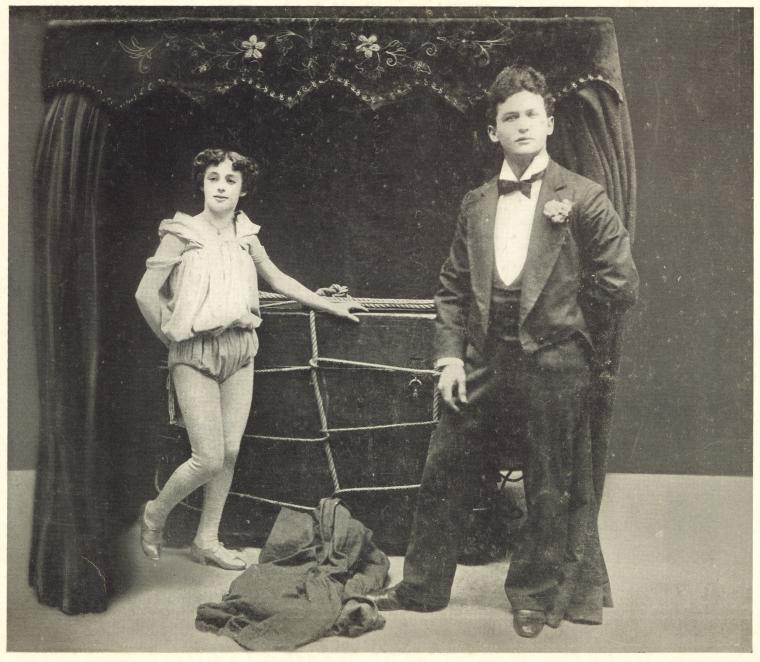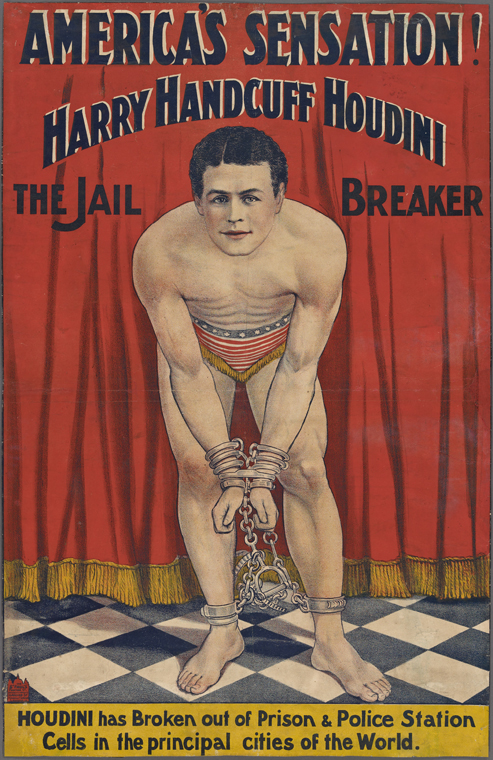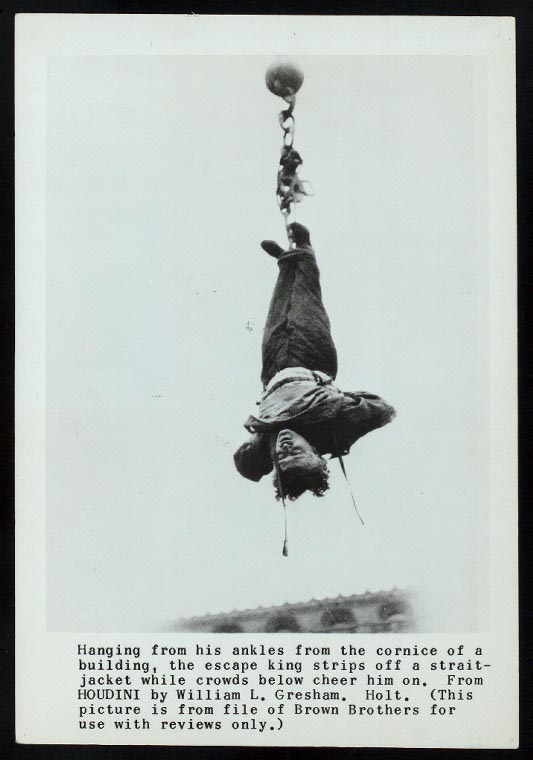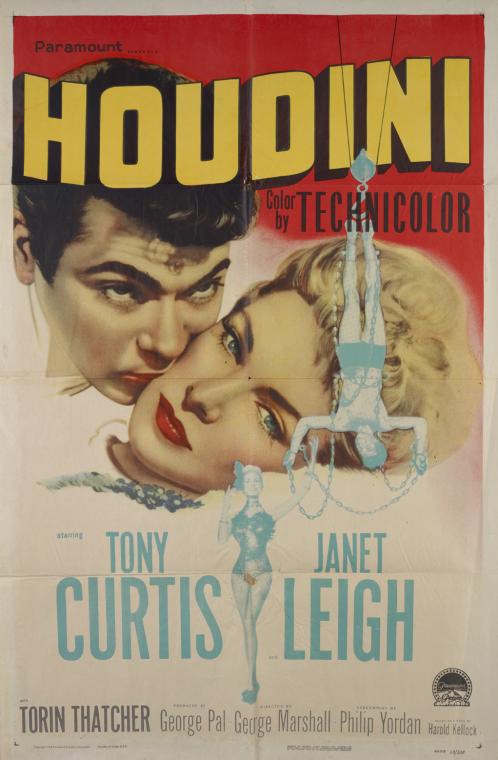Blog Archive
The Great Escapist: A Story of an Immigrant and a Showman
America has long been known as the land of opportunity. The country welcomed people looking for jobs, religious freedom, and a better future. But while most immigrants in New York City entered the traditional workforce, some paved their own, more unique paths to the American Dream.
One such individual was Erich Weisz. We’ve all heard of him… Born on March 24, 1874 in Budapest, Hungary. He was one of seven children born to Rabbi Mayer Samuel Weisz and his wife Cecilia. In search of work, the family settled in Appleton, Wisconsin. They continued to struggle, and Erich and his father eventually moved to New York City in 1887. While working in a necktie factory, Erich partnered with a friend, Jacob Hyman, to create a magic act, and soon after they hit the road. A fan of the ground-breaking French magician Jean Eugene Robert Houdin, Erich took on a professional name that both played upon his nickname Ehrie, and paid tribute to his idol. Before long, Erich Weisz was being welcomed to the stage as Harry Houdini.
Dubbed “The Brothers Houdini,” Harry and Jacob performed in dime museums and small theaters in New York and throughout the Midwest, making a stop at the 1893 World’s Columbia Exposition in Chicago. In the summer of 1894, while Harry and his younger brother (who eventually replaced Jacob at his side) were performing in Coney Island, Harry met 18-year-old Wilhelmina Beatrice Rahner – or“Bess”. Three weeks later, they married, and Bess joined the act.

Harry and Bess and the bonds of love. Photo courtesy of the NYPL.
Harry and Bess caught their first big break in 1899, when they met Martin Beck, who incorporated Harry’s handcuff escapes in vaudeville shows around the country. Harry, not only a master performer but also a skillful promoter, would perform escapes for free in public spaces in order to sell tickets to his shows. The public spectacles would draw tens of thousands of people, and Harry would make sure to add dramatic flair. Audiences were amazed, and as vaudeville gained in popularity, Harry Houdini became a star.

The man, the legend. Image courtesy of the NYPL.
After building his reputation in America, Harry spent five years touring Europe before returning to the States where he continued to reinvent himself. He performed more challenging escapes, including his signature Milk Can escape and Chinese Water Torture trick. His tricks became more dangerous – mid-air suspensions and underwater escapes – relying more on his physical strength and technical abilities.
The early 20th century brought on new challenges for Harry, who began starring in films. In his first film, The Master Mystery, which came out in 1918, Harry brought his magic to the big screen. He founded two film companies – which never gained success – and in 1923 took over as president of Martinka & Co., America’s oldest magic company. Throughout the 1920s, Harry also became a leading critic of spiritualists and psychic mediums; he did not believe their claims of being connected with the spiritual world, but viewed them as skilled performers much like himself.

One of Houdini’s most famous escapes. Photo courtesy of the NYPL.
Harry continued to perform until 1926, when he took his successful Broadway show on the road. While backstage at a stop at McGill University in Montreal, a student challenged Harry’s claim that he was strong enough to handle any blow, and punched him three times in the abdomen. Harry continued with two more days of shows, but died a few days later in Detroit of peritonitis from a ruptured appendix. He was 52.
As Harry Houdini’s birthday approaches this Thursday, let’s remember him not only for his physical strength and masterful sleight of hand, but also as an immigrant. In many ways Houdini’s is just another immigrant success story. With hunger for acceptance and financial stability he worked hard to find a niche in his new home. Unlike some, Houdini ‘s niche turned out to be escaping from a straitjacket while hanging from his feet four stories above the ground. On March 24th remember to pay tribute to immigrants who thought outside the box!

A star in his own right, Houdini would later be the subject of many biographies and films. Image courtesy of the NYPL.
—Posted by Tricia Kang, Tenement Staffer